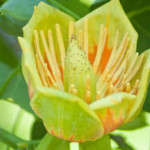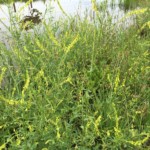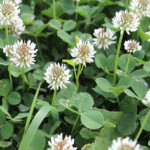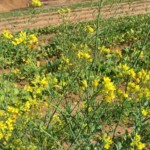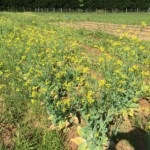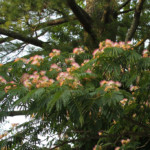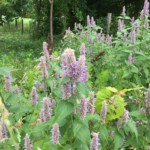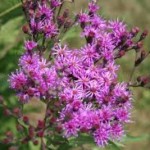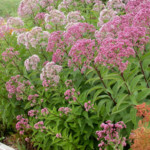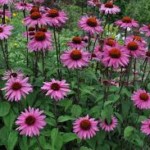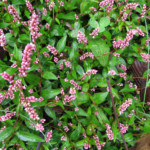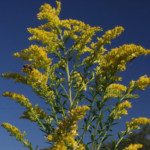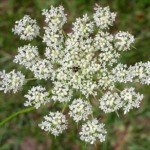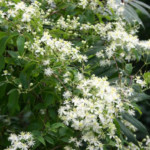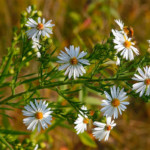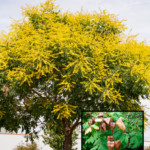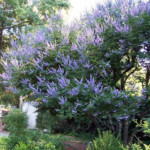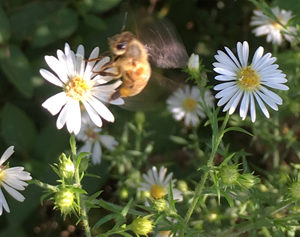 In North Carolina, we only have about 2 good nectar flows that have to see the bees through for the whole year. Between the weather changes and urban development, it’s becoming harder and harder for the bees to get enough diverse food to keep them healthy and in some cases, from starving. Late spring freezes, prolonged spring rains, and droughts all affect how much nectar is available for the bees. No nectar – no honey!
In North Carolina, we only have about 2 good nectar flows that have to see the bees through for the whole year. Between the weather changes and urban development, it’s becoming harder and harder for the bees to get enough diverse food to keep them healthy and in some cases, from starving. Late spring freezes, prolonged spring rains, and droughts all affect how much nectar is available for the bees. No nectar – no honey!
Just like humans, bees need to have a good variety of nutrients to stay healthy. Pollen is the protein that is fed to larva so a good healthy bee will emerge. Pollen includes amino acids that are critical to good bee development and only three plants contain the almost perfect complex of the amino acids needed: sweet clover, rape seed (canola), and mustard plants.1 One of the things you can do if you have a garden is to let some of your plants go to flower before you pull them out at the end of their growing season. Many of the plants we enjoy are in the mustard family.
If you are a beekeeper, you understand how important it is to have good forage plants for your bees. And if you aren’t a beekeeper but would like to do something to help the honey bees, native bees, and other pollinators, planting good forage plants is one of the best things you can do.
A tip for planting: plant multiple plants of each kind of plant you choose. The bees are more likely to be able to find the plants if there are a cluster together. So try for at least 3 to 6 in a group. For example, if you are planting echinacea, plant 6 near each other so there is a big splash of color.
How do you know what to plant? Here are some good examples and tips:
- 100 Honey Bee Plants (provided by Orange County Beekeepers Association)
- Plant a Bee Garden (from the Honey Bee Conservancy)
- Tips for habitat from Bee City USA
Some examples of bee friendly plants: Click pictures to see plant names and larger pictures
1According to Dr. Jennifer Tsuruda, Clemson University during presentation at 2017 South Carolina/North Carolina Bee Conference.

